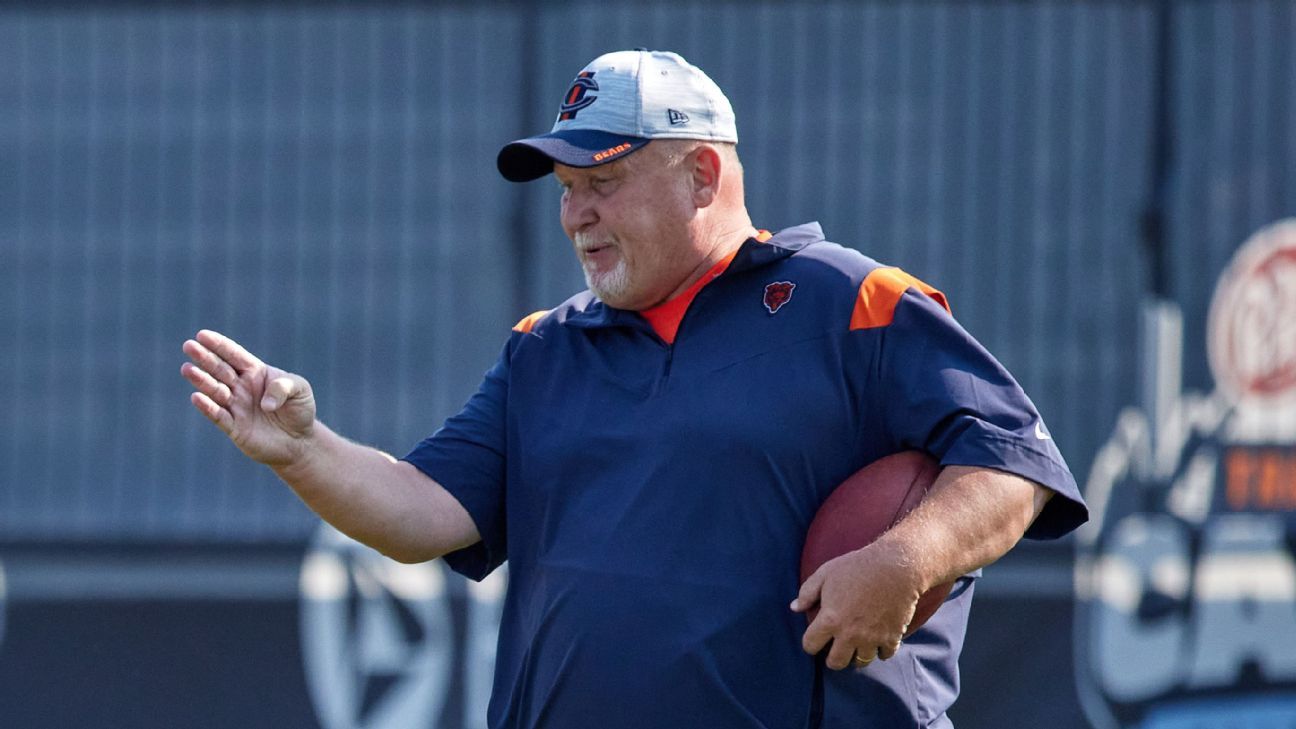- 32,675
- 11,821
- Joined
- Jul 11, 2006
Follow along with the video below to see how to install our site as a web app on your home screen.

Note: this_feature_currently_requires_accessing_site_using_safari
Did he forget that HE makes more money than his brother the pediatrician as well?
Was going to say - haven't ever heard him complain about his salary and the money flowing into his program annually.Did he forget that HE makes more money than his brother the pediatrician as well?
Can we put a cap on the coaches' salaries too?
I don’t think it was ever previously reported but the reason Bill McGovern, UCLA’s DC, stepped away from the team mid season was because he was diagnosed with cancer

Very sad to hear this. Cancer is such an evil disease that destroys lives and families. I hope that his loved ones can move forward and have access to the support they need during this very difficult and trying timeSad news. Bill McGovern, UCLA's DC last season until his cancer diagnosis passed away from the disease today. He was 60 years old.

UCLA's McGovern, 60, dies after cancer diagnosis
Longtime college and NFL defensive coach Bill McGovern, who worked as UCLA's defensive coordinator last season, died after being diagnosed with cancer.www.espn.com
Prime already has that kind of pull?

How is Nick Saban complaining about parity and spending when Alabama has the second largest recruiting budget in the nation and brought in one of the greatest recruiting classes in history class all season. It's amazing how he manufactures things to complain about.


article?